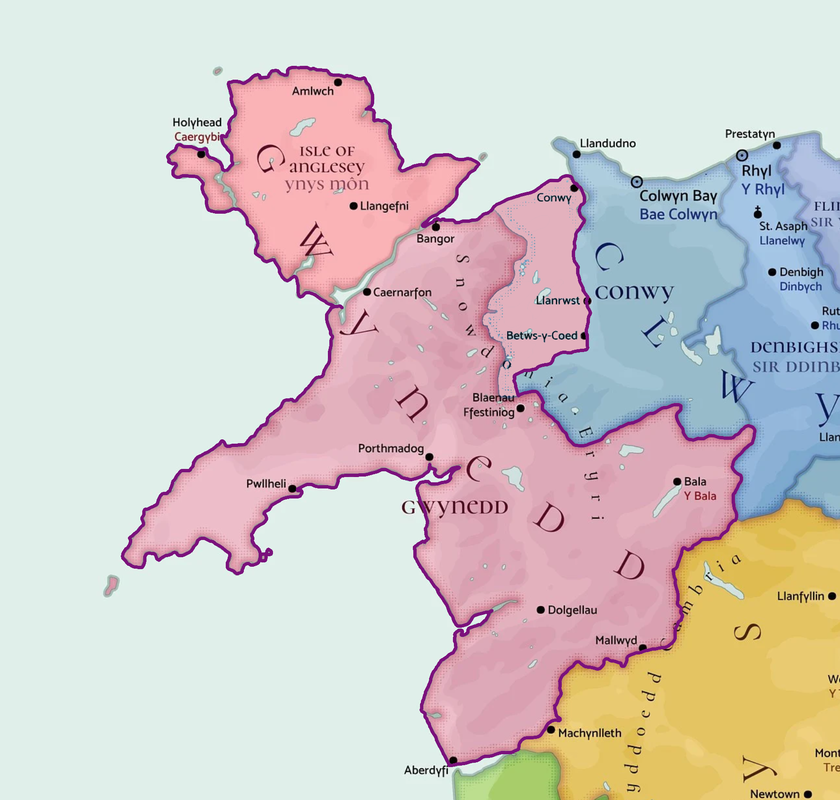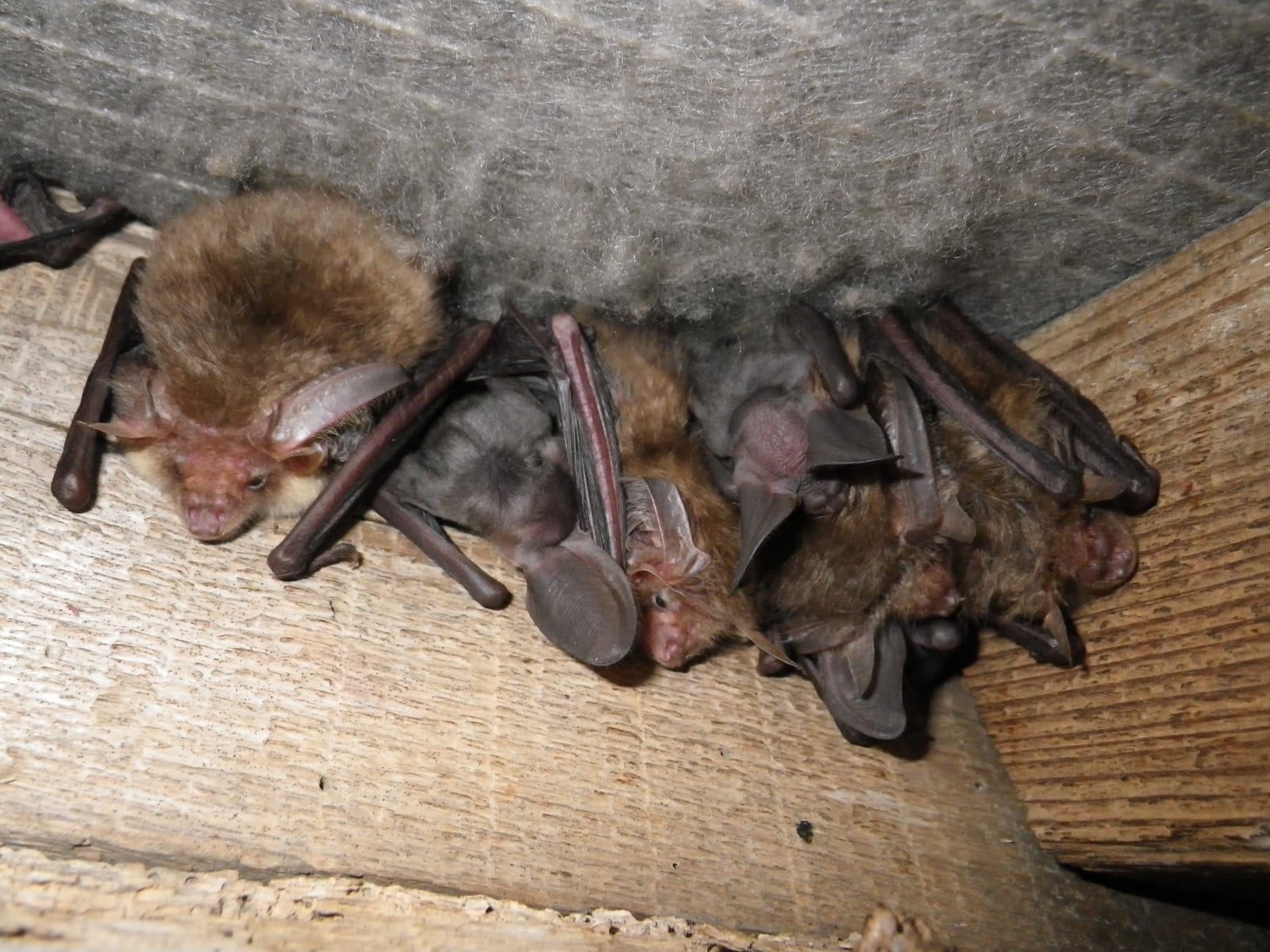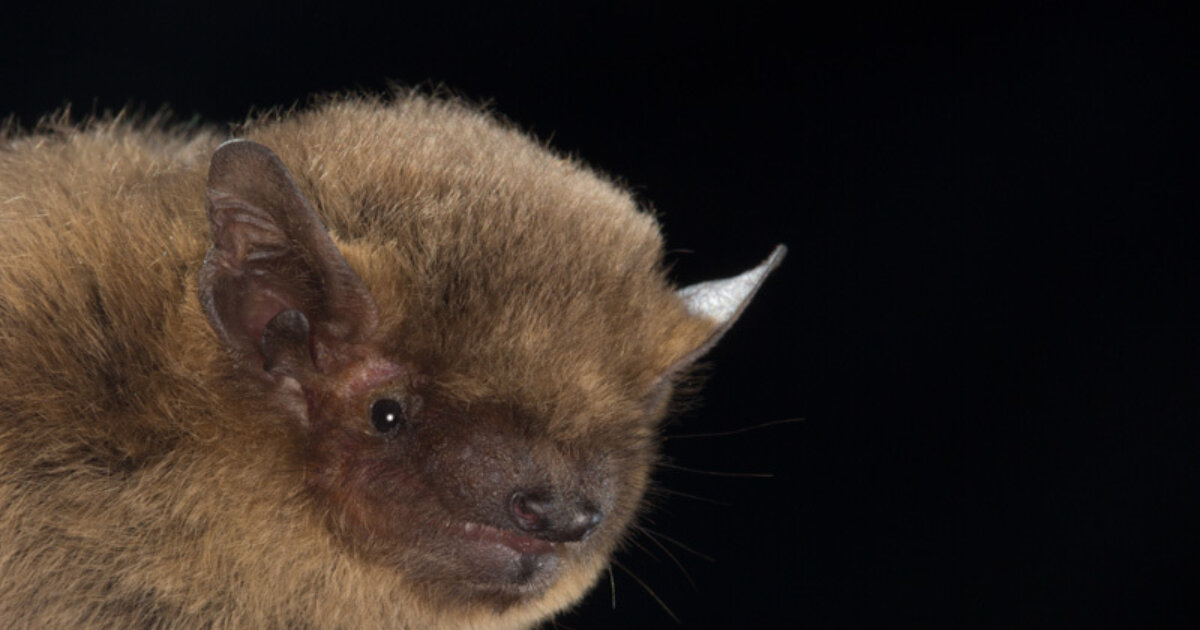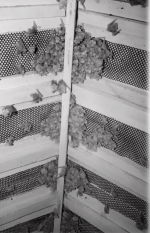Had a look at one of our outbuildings which has the same BRM but as yet no bat roost. It occurs to me that there may be a relatively cheap way to solve this.
I was thinking about stripping the roof and laying 1F felt before re-roofing, then it occurred to me that if you leave the BRM in place and manage to retrofit 1F snug up against it from below, between the rafters, that you're not really any worse off. What I'm thinking of would be a little like a canvas stretched on a frame (except that you probably don't need the top and bottom rails. It could almost certainly be fitted in situ. The key would be keeping the gap between BRM and felt small enough that the bats couldn't hang from the BRM. If our main roof has got an issue I'll probably try it out.
Sounds interesting Tp. I will also try some solutions once the bats have left for their winter hibernation sites. Anything that works/doesn't work, I will post on here but I won't know until spring 2024 whether these females find them acceptable.
If you plan to strip a roof - because it needed doing anyway - wouldn't you just use the 1F felt?
BTW, just to add, if you decide to re-do a roof cause it needs doing.
- we have 6 veluxes in ours ( as well as windows in walls) and it was obviously still dark enough for the LHS daytime.
And in retrospect there are two key things we did which must have made it an attractive maternity roost in 2023. Smashing out that pane in autumn 2022 but not replacing it - even though it is not at the height experts prefer for flying exit, must be good enough. And prior to 2022, slating the roof to make it warm & draught-free for females.
(re flying exit. It varies according to reports. Minimum 300 x 200 mm at 'Monmouthshire' link attached. However, Mulkear, Ireland, linked post 10 on this Birdforum thread, specifies 46cm x23cm) Most important factor seems to be safety of exit- what you have next to the exit. We have a line of trees giving them cover. I notice that they also use the roof's fascia boards as cover, flying parallel along the inside of the fascia as they exit. (Plenty of owls here. )
For anyone without bat roosts or outbuildings, I reckon the best thing anybody can do in this season is replant bird-sown native trees & shrubs which appear on your property. Have been doing that for years here. Cost effective, fast-establishment, now's ideal time to transplant. I did that for birds & insects as I hadn't considered bats per se. Now, looking at the various ' landscape design. for bats' reports I've inadvertently produced a bat-heaven. Planted hedges, trees, let some hedges become overgrown - for nesting birds- and maxed out on nectar and pollen plants.
For people who live in urban or semi-urban areas, planting a hedge & then maintaining it at the preferred height is achievable? Attaching a diagram below to explain.
I am still researching to try & gen up on what these LHS need and being very quiet when I have to go in there - just counting them in the mornings.
My greenhouse min/max thermometer is bust so I've hung a fridge thermometer from a joist & then compared it to what the experts say the LHS prefer in their 'hibernacula' vs maternity roost, temperature & humidity ratings.
It definitely won't be cold enough for them in this stable so they're going to be moving on. I don't know where they're planning to go. ( I need to check map for caves, old mines & tunnels because I don't know of any)
( For LHS, guide given for Buckland House Maternity Roost in Monmouthshire from Page 115
https://www.monmouthshire.gov.uk/app/uploads/2015/07/Habitat-Regulations-Report-June-2011.pdf
'
during hibernation Internal conditions: The temperature should remain constantly cool (8-12C) and dark, once beyond the entrance zone..No significant man-induced changes to ventilation or temperature regime.’
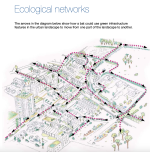
Source for image:
https://cdn.bats.org.uk/uploads/pdf/Our Work/Landscape_and_urban_design_for_bats_and_biodiversityweb.pdf?v=1541085229
'






